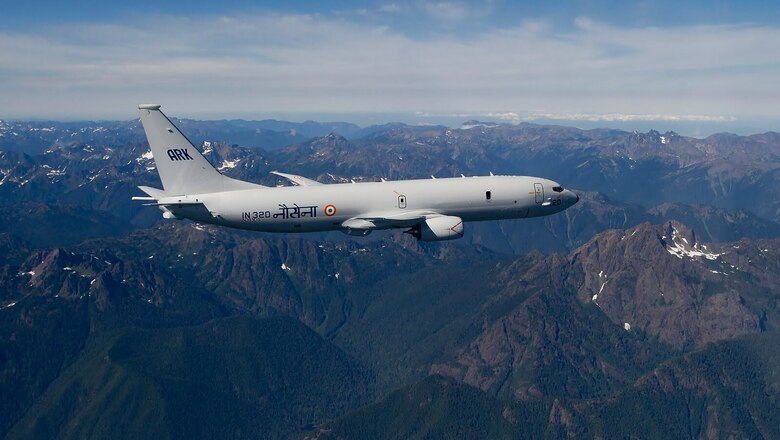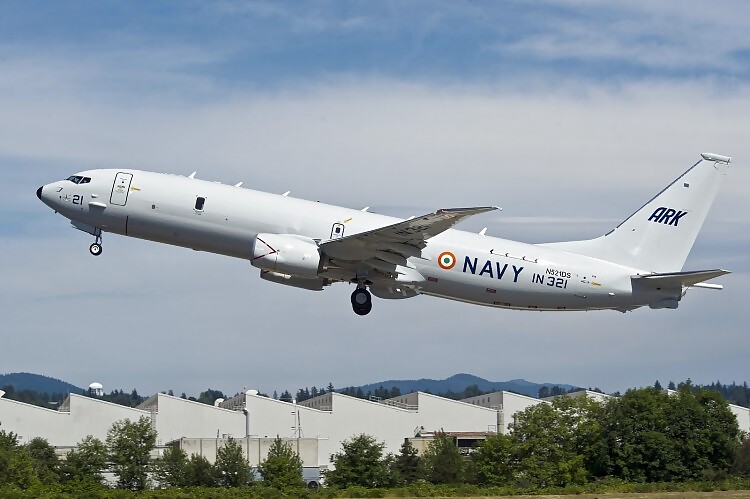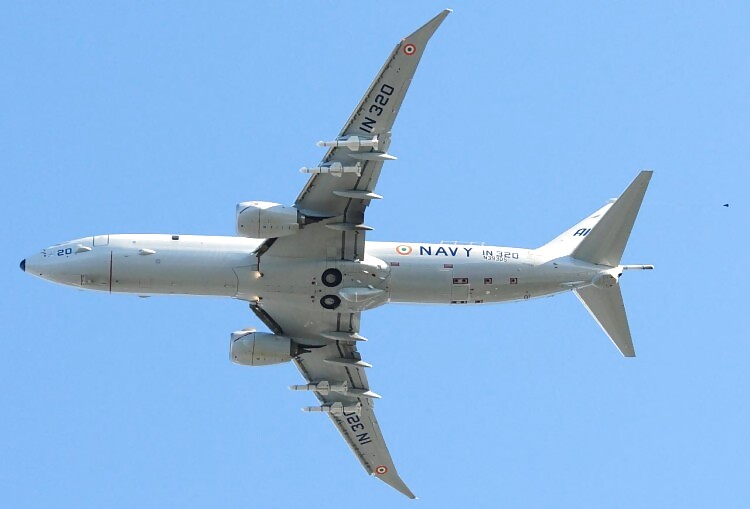
views
Thousands of Boeing 737 aircrafts shuttle between hundreds of airports transporting millions of jaded commuters or excited vacationeers to and from their respective destinations. Chances are, if one flew overhead, you wouldn’t even offer a second look. But from 2014 onwards, the Indian Navy started taking delivery of a vastly different 737. Instead of a cargo bay, they had a radar that could pierce the waves and fish submarines out of the blue sea. Instead of cramped seats, they have a Magnetic Anomaly Detector (MAD, but of course), which does many things, none of which is very kind if you are an enemy submarine.
So ladies and gentlemen, presenting the Boeing P8I, India’s long range military patrol, surveillance and anti-submarine warfare aircraft. A squadron of these hunter killers are based out of INS Rajali (formerly the Arakkonam Naval Air Station) in Tamil Nadu. Here are a few thing you should know about this beast:
Design and construction
The P-8I aircraft is based on the Boeing Next Generation 737-800 aircraft. The forward section of the under-fuselage houses an internal weapons bay. The wings are fitted with hardpoints for carrying air-to-surface missiles. The aircraft measures of 39.47m in length, has a wingspan of 37.64m and is 12.83m high. The maximum take-off gross weight of the P-8I is around 85 tons.
The fleet and the price
In 2009, India signed a US$2.1 billion deal with Boeing for the supply of eight P-8Is to replace the Navy's aging Tupolev Tu-142M surveillance aircraft. Each aircraft has an average cost of about US$220 million. In late 2010, Government of India approved the purchase of four additional P-8Is, bringing the total number of aircraft to 12. India plans to order another 12 P-8Is at a later time.

Range and endurance
The P-8I aircraft can fly at a maximum speed of 789 km/h at a maximum altitude of 12,496m. The aircraft has a maximum range of 2,222 kms with four hours on station. This exceeds the navy’s requirement in the Request for Proposal (RFP) that asked for a radius of action of 600 miles with a time on station of six hours. The range can be further boosted by mid-air refuelling.
The crew
The flight crew of the P-8I comprises of a pilot and copilot. However for missions, it needs an additional team of 7 to monitor the radar and weapons systems. The cockpit is integrated with primary flight display, multifunction displays, Identification Friend or Foe (IFF), flight management system and stores management system.
Radar and muscle
The P-8I is intended to conduct anti-submarine warfare (ASW) and shipping interdiction and to engage in an electronic intelligence (ELINT) role. This will involve carrying torpedoes, depth charges, SLAM-ER anti-ship missiles, and other weapons. It will also be able to drop and monitor sonobuoys. The aircraft is equipped with a CAE AN/ASQ-508A magnetic anomaly detection (MAD) system, APS-143C(V)3 multimode radar and a global version of the Raytheon APY-10 surveillance radar. The APY-10 radar provides precise information in all weather, day and night missions. The internal weapons bay can house Mark 54 torpedoes, depth charges and free-fall bombs. The under-wing hardpoints can be armed with air-to-surface missiles. In December 2010, India requested a sale of AGM-84L Harpoon Block II anti-ship missiles and associated equipment. The Harpoon Block II carries a 226kg blast / fragmentation warhead. It can be fired against land and sea targets.

Defence and countermeasures
In a combat situation, a hunter can sometimes become the hunted. To protect this naval asset from enemy threat, the plane comes with its own defences. The countermeasures are provided by directional infrared countermeasures (DIRCM) system and the electronic support measures (ESM) system supplied by Northrop Grumman. The DIRCM can protect the aircraft from incoming infrared guided missiles.


















Comments
0 comment